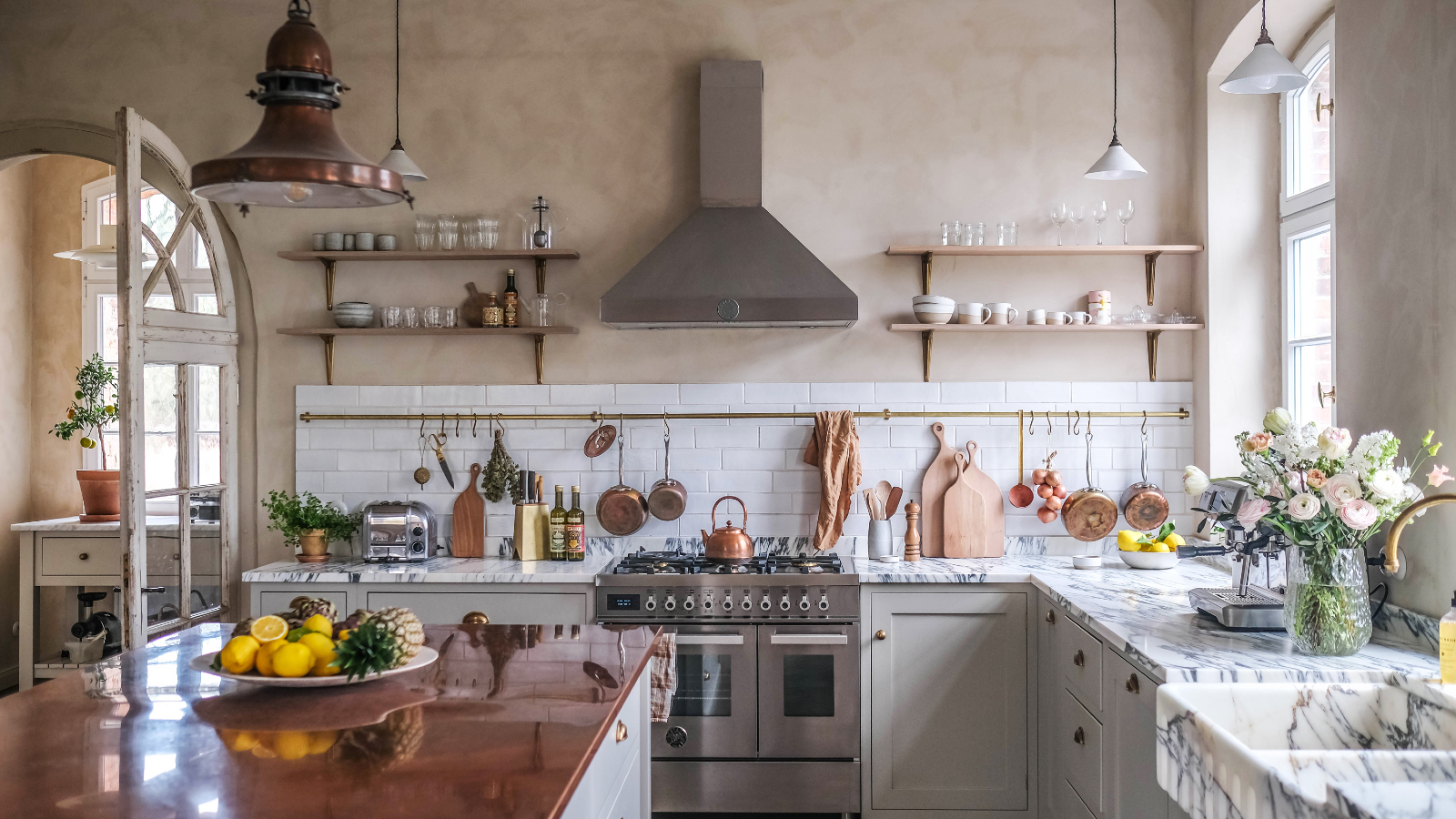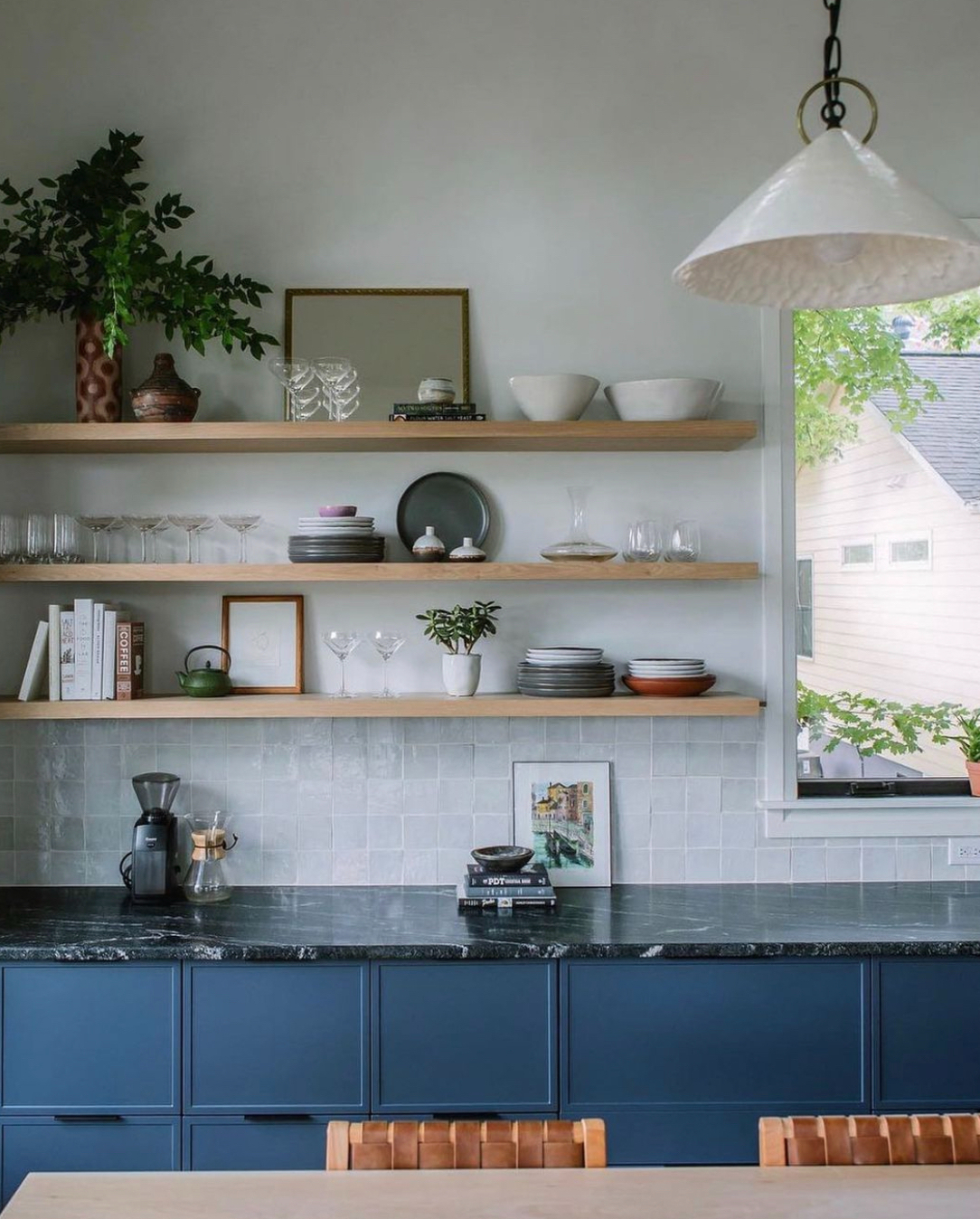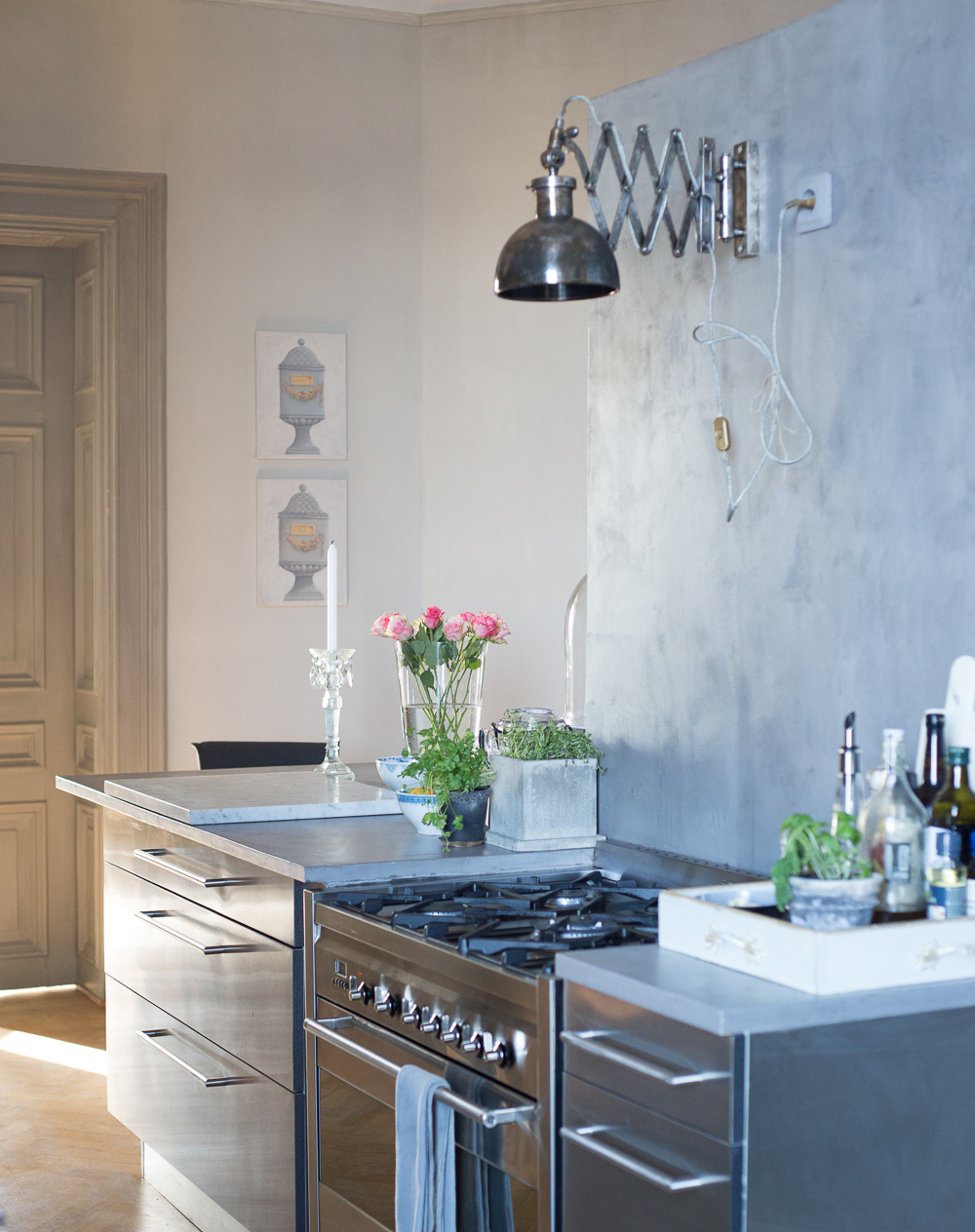Limewashing trend: why this European paint trend is perfect for your kitchen
Designers love this sophisticated paint technique – almost as much as social media. Here's how it will transform your kitchen


It's certainly easy to see the appeal behind limewashing – the time-honored painting method that draws from ancient techniques to create a beautiful, rustic aesthetic. And while there are several ways to use limewash at home, one space that is particularly popular on social media at present: the kitchen.
While labeling this age-old painting method as a 'trend' may seem unfitting, it is important to note that limewashed kitchens are far from a fleeting phase. Though they are currently popular, designers forecast this painted kitchen idea will stand the test of time for many seasons to come. Because sometimes, the future of design comes from the past – and with limewashed kitchens – this is certainly the case.
But what makes limewashing so fitting for the kitchen? Here, paint experts and designers share what makes this 'paint trend' so alluring in the busiest space of your home.
Limewashing paint trend – why should you bring it into the kitchen?

Fanný Hjartardóttir, an expert from limewash paint specialist Kalklitir, explains that the technique creates a 'unique and matte surface' that brings 'an artistic and natural atmosphere to your home.'
However, while we support limewashing in all rooms, the kitchen is currently receiving the most attention online. Amongst the most-loved projects is The Schoolhouse Kitchen (pictured above and below), designed by deVOL. So, what makes this style so popular?

1. Limewashed walls are long lasting
Los Angeles-based designer, Melanie Thomas of Melanie Thomas Design, suggests that the paint's durability makes it the best choice for your kitchen.
'The maintenance is ideal,' she says. 'A pro of limewash is that it will not peel off like normal paint since it penetrates the brick and plaster.' The designer adds that the long-lasting finish is the perfect farmhouse kitchen idea while also looking good in minimalist and industrial spaces, as it 'adds so much warmth to the wall.'
Design expertise in your inbox – from inspiring decorating ideas and beautiful celebrity homes to practical gardening advice and shopping round-ups.
2. It has a matte, textured aesthetic

With its durable qualities aside, limewash paint is admired for another key reason: its enduring style. So it is unsurprising that Fanný is not exclusive in her admiration for the finish.
Helen Parker, deVOL's Creative Director (who designed The Schoolhouse Kitchen), praises the paint for its ability to give your kitchen 'a character that can't be created by a simple paint finish.'
'It has so much more texture and personality,' the Director adds.
3. Limewashing is hygienic

Your kitchen is where you prepare and eat food, so it's only inevitable that you will want to keep this space as hygienic as possible. But did you know your choice of paint can have an impact on its sanitary conditions?
Natural lime paint does not contain any film-forming plastic ingredients, allowing your kitchen walls to 'breathe' while boasting a high pH level. 'This prevents mold and fungi from growing on lime-painted surfaces, offering natural protection for kitchen areas,' Fanný explains. Need we look for any more excuses to get involved?

Megan is the Head of Celebrity Style News at Homes & Gardens, where she leads the celebrity/ news team. She has a history in interior design, travel, and news journalism, having lived and worked in New York, Paris, and, currently, London. Megan has bylines in Livingetc, The Telegraph, and IRK Magazine, and has interviewed the likes of Drew Barrymore, Ayesha Curry, Michelle Keegan, and Tan France, among others. She lives in a London apartment with her antique typewriter and an eclectic espresso cup collection, and dreams of a Kelly Wearstler-designed home.